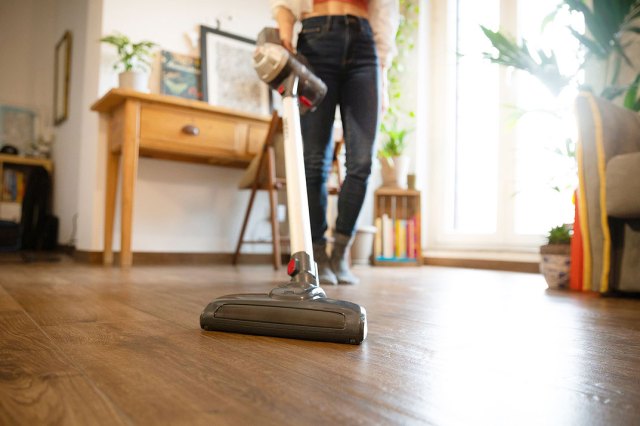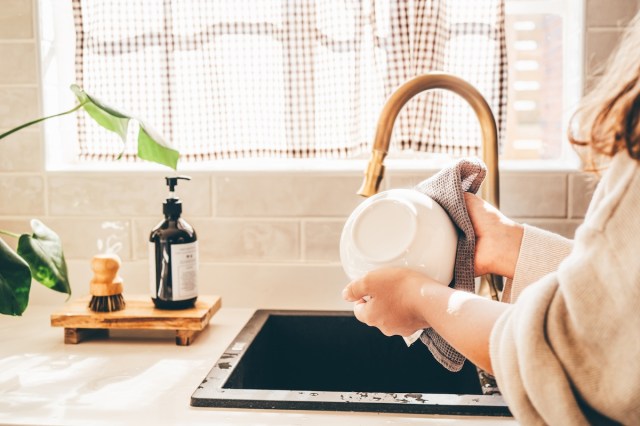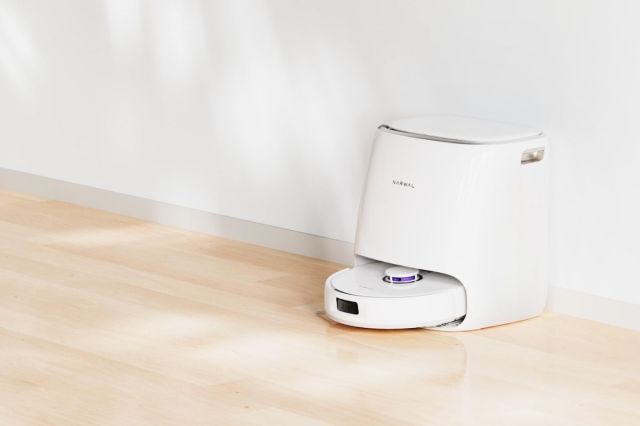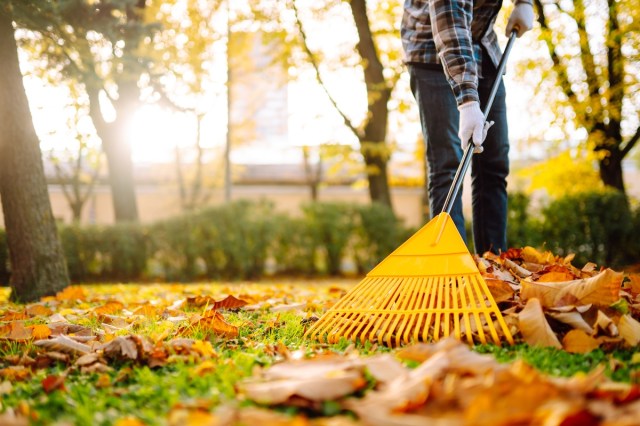There’s a reason why vacuuming is one of the most hated chores in America: It sucks (literally and figuratively). It’s time-consuming, you have to lug a heavy vacuum up and down the stairs, and emptying the canister is gross and creates its own mess that needs to be vacuumed. There has to be a way to simplify the task, right? We got your back. Here’s a guide for how often you should actually vacuum each room and floor type, streamlining the loud yet necessary chore.
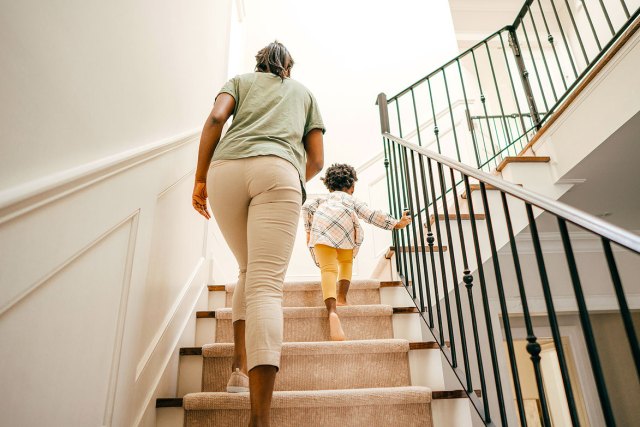
When to Vacuum Each Room
In general, you should vacuum heavily trafficked areas of the home twice a week. These are the rooms where you spend the most time and typically include:
• Kitchen
• Living and family rooms
• Entryway and foyer
• Dining room
• Bedrooms
• Bathrooms
• Stairs
• Playroom
When you frequently vacuum your “traffic lanes” you’ll be able to stop dirt and debris at the source and reduce your cleaning time for other areas of the home. However, not all rooms are created equal. Save time and vacuum lesser-used rooms once a week (or possibly less often). This includes:
• Guest bedroom
• Office
• Game room
• Storage room
To keep your vacuuming days at a minimum, go over heavily trafficked areas with five to seven passes and less trafficked areas with three to four passes. This will ensure the area is as clean as possible, and you won’t need to vacuum it as often.
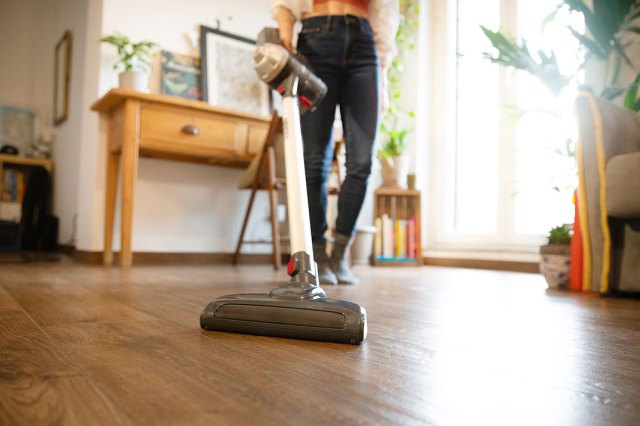
When to Vacuum Each Floor Type
Along with heavily trafficked areas, carpeted areas and rugs should be vacuumed twice a week because dust and dirt cling to fibers more than hard flooring, causing allergies and damaging build-up. Don’t forget to lift your rugs and vacuum underneath to remove hidden debris.
Heavily trafficked areas with hard flooring, such as hardwood, vinyl, ceramic tile, stone, and laminate, can get away with being vacuumed once a week because dirt and dust have fewer places to hide.
Some vacuums have settings for flooring types, which create the right amount of suction for hard floors and various carpet pile heights (from short to plush). Changing the setting for each room will keep your vacuum working efficiently.

Other Things to Consider
Households with kids and pets should vacuum more often as more dirt, crumbs, and other debris will be tracked throughout the home. Depending on the level of shedding, some pet owners should vacuum up to once a day, especially in areas where their pet spends the most time.
Consider a vacuuming schedule that is dependent upon seasonal allergies. Some of the most common seasonal allergens include tree and grass pollen (spring) and ragweed and mold (fall), and all of these can get into your home through open doors and windows or tracked in on shoes. Dust mites, conversely, are perennial allergens, meaning they’re around year-round and are often most irritating during the summer or winter when homeowners are indoors with the air conditioning or heat running. Vacuuming twice a week during high allergy seasons can ease your symptoms.
Reader Favorites
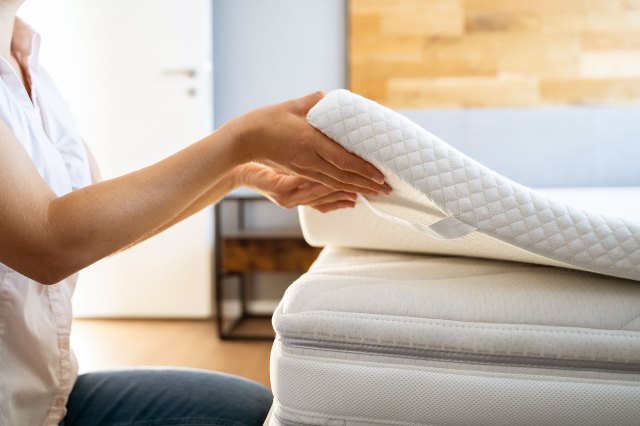
Don’t Forget to Vacuum These Places
Your vacuum does more than just your floors. Other items in your home will also benefit from a good vacuuming session.
• Mattress: Vacuum your mattress twice yearly to eliminate dust mites and dead skin cells.
• Furniture: Upholstered furniture, especially heavily used items like living room couches, should be vacuumed weekly and more often if pets or children are home.
• Blinds: To keep dust at bay, vacuum your blinds monthly.
• Ceilings: Vacuum your ceilings two to four times a year, depending on your home’s dust levels, allergies, and pets.
• Ceiling Fans: These should be vacuumed several times a month because they attract dust.
Featured Image Credit: Marco_Piunti/ iStock
More From Our Network
Better Report is part of Inbox Studio, which publishes content that uplifts, informs, and inspires.
